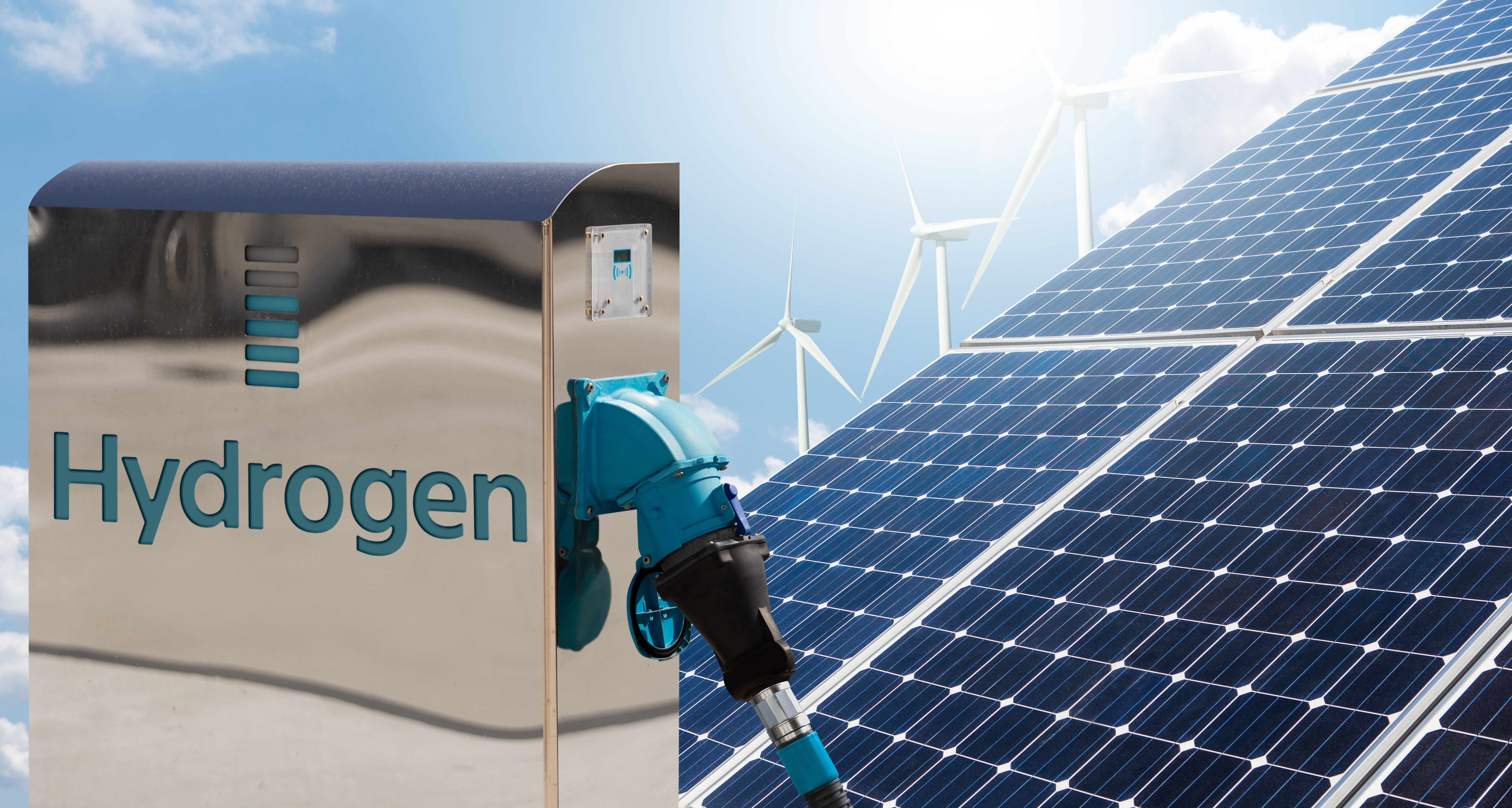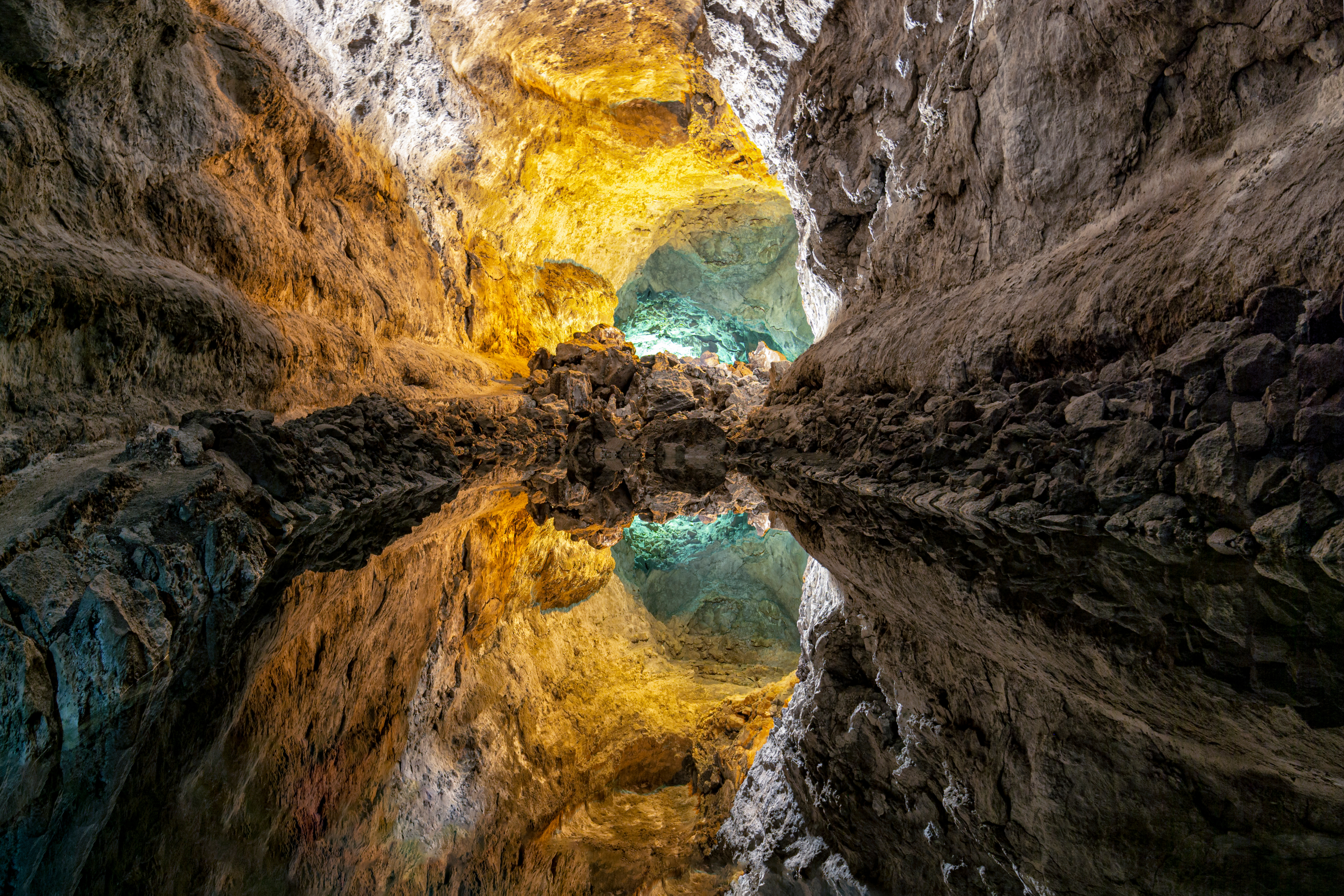
La huella de carbono
La huella de carbono se convierte en la herramienta necesaria para involucrar a la población en el proceso de descarbonización
Naciones Unidas alertó acerca del récord de concentración de dióxido de carbono (C02) en la atmósfera generada por la actividad humana. La reducción de los niveles de este gas incoloro se vuelve urgente para detener el calentamiento global e instituciones, empresas e individuos pueden realizar su aporte.
Por Antonio D’Eramo
Cuando un habitante de una de las 22 megaciudades o de cerca de las 13.000 grandes metrópolis que tiene la Tierra comienza su día sus acciones no son neutras para el cuidado del medio ambiente. Hechos diarios muy pequeños como tomar una bicicleta y pedalear para dirigirse a un comercio de cercanía donde poder realizar compras diarias en vez de utilizar un automóvil, impulsado por combustibles fósiles, realizarán una diferencia en el marco de una toma de conciencia general de la población mundial acerca del peligro del calentamiento global que podría crecer en 4ºC para el año 2.100.
Desde luego que existe un consenso alcanzado por la mayoría de los científicos, no todos, acerca de las implicancias de la actividad productiva de la especie humana y, también, se puede deslindar las responsabilidades mayores por las que se están registrando profundos cambios en el clima.
Pero antes de llegar al estado actual de la cuestión, su proyección, si nada cambia, y la métrica que servirá para incrementar la concientización y generar una mejora de las condiciones, es útil repasar los fundamentos por los que los funcionarios de la ONU formularon graves advertencias.
La Tierra ha conocido, a lo largo de su historia, una multitud de alteraciones climáticas con el común denominador que han sido todas naturales. El cambio climático que se observa y se siente en la actualidad es un producto de origen antrópico, es decir, han sido generados por la actividad humana.
El modelo de producción y consumo que ha traído enormes beneficios materiales en el pasado está produciendo una variación en el nivel de temperatura de las superficies y de las masas acuáticas generando impactos sobre los organismos vivos.
En promedio la temperatura ha aumentado 0,6ºC durante el siglo XX y el mar ha crecido entre 10 y 12 cm. debido al deshielo.


El planeta gana en temperatura por la acción de los gases de efecto invernadero (GEI).
La vida en la Tierra, imposible sin la energía que recibe del Sol, está protegida por un filtro que es la atmósfera que permite que ingrese cerca de la mitad de las radiaciones que emite el astro. Esa energía, que calienta la superficie terrestre, emite radiación en forma de calor, ondas infrarrojas, que es retenida en un 90% por los gases de efecto invernadero que permiten la vida tal cual la conocemos.
Ahora bien, cuando la concentración de estos GEI se incrementa de manera notable y en poco tiempo, estamos en presencia de un evento de cambio climático.
El dióxido de carbono (CO2), compuesto de carbono y oxígeno, no es el único GEI pero si el más famoso y el que más mala prensa tiene. Por ejemplo, el óxido nitroso o los gases fluorados, absorben la radiación infrarroja mucho más eficazmente al igual que el metano que tiene un potencial de calentamiento global 23 veces mayor que el CO2.
Sin embargo, las grandes ciudades del orbe son las que tienen una mayor presencia de carbono y se han convertido en las fuentes principales de emisión de este gas. Cien capitales en el mundo generan el 18% del total que se ha medido en los últimos cinco años.
La huella de carbón más grande del mundo la tiene la ciudad de Seúl en Corea del Sur. Más de 30.000 toneladas de contaminantes se emiten a partir de 10 centrales eléctricas de carbón. Pero se trata de una característica compartida con otras urbes de países desarrollados como Cantón en China. La tercera ciudad más poblada del gigante asiático tiene fábricas y autos que producen contaminación con dióxido de carbono las 24 horas del día.
Al igual que ocurre en Occidente, donde New York, a través de su gobernador, ha demandado a la industria petrolera por su contribución al cambio climático y a los efectos adversos que ha provocado en esta ciudad de Estados Unidos.
Estas mediciones se pueden lograr por un parámetro utilizado para describir la cantidad de emisiones de GEI asociadas a una empresa, evento, actividad o al ciclo de vida de un servicio o producto, definido por la norma ISO 14067, denominado carbon footprint o huella de carbono.
Una unidad de medida que se expresa en toneladas de CO2 y que se formula en masa de CO2equivalente, que significa el potencial de calentamiento global según su permanencia en la atmósfera. Una vez conocido el tamaño y la huella es posible implementar estrategias de reducción o de compensación en el sector público y privado de la economía.
Por supuesto que la más eficaz de las medidas para un área como el Gran Tokio-Yokohama, en Japón, que emite grandes cantidades de CO2 por año, 62 millones de toneladas, es una reducción directa a través de la promoción de automóviles eléctricos.
Pero los estados y las empresas tienen la posibilidad de disminuir sus emisiones de gases compensando mediante la compra de bonos de carbono.
Si bien la más efectiva opción de reducción de la huella de carbono es alcanzar el aumento de la eficiencia en la producción provocando mejoras en la logística en la gestión de residuos y deshechos y analizando los insumos de cada actividad, la adquisición pública de títulos de CO2 se ha revelado como una manera eficiente de compensación.
En el caso de las compañías, una empresa carbono neutral es aquella que tiene un balance neto de emisiones igual a cero. Emite la misma cantidad de GEI de los que compensa. Para alcanzar esa neutralidad primero es necesario medir la huella de carbono, luego, reducirla y, por último pero no menos importante, compensarla.
En esta etapa surgen los bonos de carbono. Certificados comercializables que representan la eliminación de una tonelada de emisiones de dióxido de carbono equivalente. Si una organización empresarial arroja un resultado de emisión de 100 TnCO2eq, deberá comprar 100 bonos para lograr neutralizar sus actividades.
El reporte que contabiliza los resultados de la empresa estudiada para conocer la cantidad de emisiones de GEI se denomina Huella de carbono de organización, regulada por estándares internacionales como GHG Protocol o la Norma ISO 14064-1 que cataloga tres grados.
Emisiones directas, que son producto del uso intensivo de maquinaria con combustible fósil. Las de grado 2 o indirectas, que se producen por la energía que consumen y las del nivel 3, atribuibles a los servicios y productos que la compañía adquiere.
En el caso del rubro de la construcción, el informe elaborado por la Alianza Global para los Edificios y la Construcción fechado en 2020 señala que los edificios no están aumentando el consumo de energía eléctrica, fuente de CO2, como sí sucede en las viviendas individuales.
Mientras que los funcionarios de la Agencia Internacional de Energía (AIE) sostuvieron en un reporte que “las emisiones directas de CO2 de las construcciones en altura deberían reducirse a la mitad para 2030, y las emisiones indirectas, tendrían que achicarse en un 60%, para lograr la meta de cero emisiones netas de carbono para mitad de siglo”.
Para conseguir este objetivo se está dotando de fuentes renovables de energía a las construcciones al tiempo que se trabaja en materiales sustentables que incluyen materias primas naturales con buen rendimiento térmico para climatizar espacios interiores.
Desde luego que existe la posibilidad de compensar la huella de carbono en este sector que cada vez presta más atención a la ventilación natural, el uso de grandes ventanales y la correcta orientación de los mismos para aprovechar la energía solar.
En los casos individuales, la huella de carbono personal, permite evaluar las emisiones que cada ser humano produce inducido por sus propias acciones. Existen calculadoras individuales que cuantifican nuestras acciones más comunes como ir de compras, adquirir vestimenta y calzado, vacacionar y hasta la dieta que observamos.
A través de las respuestas que ofrecemos a un cuestionario se pueden cambiar conductas que lleven a un ahorro de energía en la vida diaria, a moderar el uso del transporte público o particular, a tener más conciencia acerca del derroche energético y producir cambios en nuestros hábitos alimentarios privilegiando frutas y verduras en vez de alimentos cárnicos.
Fundamentalmente, la huella de carbono individual es una gran herramienta de concientización para comprometernos por un futuro libre de desastres ecológicos producto del calentamiento global generado por nuestras sociedades.




